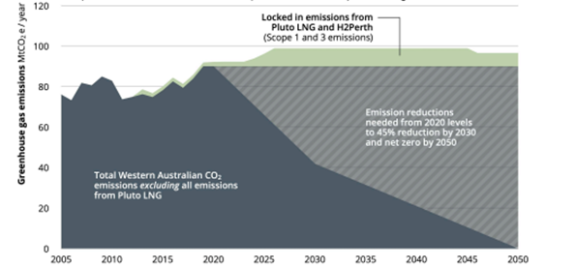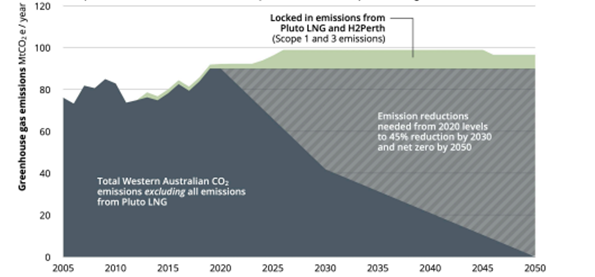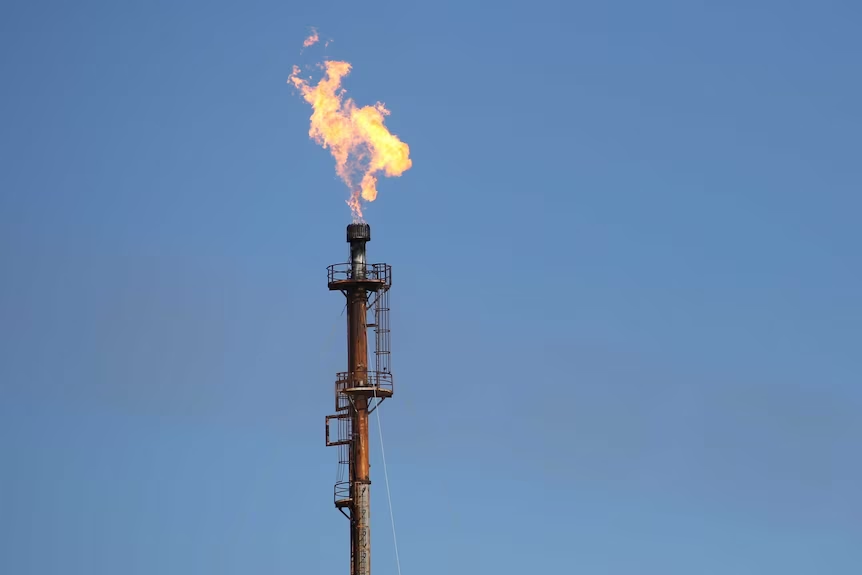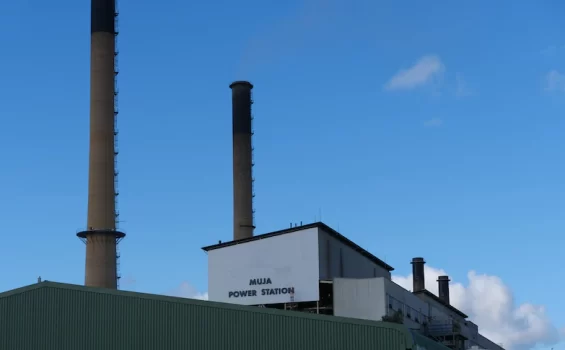
Phasing out Collie Coal is Just the Start of WA’s Decarbonisation Journey
19 June 2022
Here’s the text of my op-Ed that was in the Sydney Morning Herald
The WA Government’s dramatic exit from coal this week is the first major announcement that indicates WA is finally getting serious about the net-zero transition.
But will closing Collie’s coal be enough for WA to meet its emission reduction obligations? Not even close. Let me explain.
Prime Minister Albanese has made it clear he intends to legislate a 2030 emissions reduction target of 43% from 2005 levels.
This new national target will have implications for each state and territory, requiring them all to reduce carbon emissions. Most states and territories already have 2030 reduction targets:
– Tasmania: 100%
– ACT: 65-70%
– NSW: 50%
– Victoria: 45-50%
– Queensland: 30%
The problem is that when you add up these commitments, Australia’s emissions reduce by only 35%, well short of the 43% that is soon to be legislated.
WA and NT are noticeably absent from this list, both are still without a 2030 target, and both are the only jurisdictions where emissions are going up. WA’s emissions are 21% higher than 2005 levels. The NT’s emissions have increased by 46% but from a far smaller base level.
For Australia’s 43% target to be met, the NT’s – and especially – WA’s emissions must be substantially reduced this decade. The only other solution is that the other states will need to do more than their fair share to enable Australia to meet its 43% target.
How much would WA and NT emissions need to come down?
According to independent analysis, emission reduction levels for WA would need to sit around 32% below 2005 levels. This 32% target would also need to apply to the Northern Territory (and Queensland whose current 30% commitment is close to that target already.)
However (and this is where things get complicated), a 32% reduction from 2005 emission levels for WA is far more than 32% of current emissions. WA’s emissions have gone up over 21% since 2005, and therefore, WA would need to reduce its emissions by approximately 48% from current levels – or over 40 million tonnes a year – to reach the 2030 target.
Let that sink in for a minute. For WA to do the bare minimum of its fair share in meeting a soon-to-be legislated national target, it will have to almost halve its current emissions by the end of the decade – emissions that continue to rise year after year.
If WA doesn’t do this, other states – in particular NSW, Victoria, SA, and Tasmania, will have to work harder. At a time when WA is raking in record amounts of GST and revenue, is that argument likely to fly with the other states? I can’t see it.
A further complication is that while the McGowan Government is making some belated efforts to reduce emissions, they are also doing plenty more to increase them – think of the recent approval of two major gas projects, Scarborough and the Browse Basin.
Swinging back to where we started, will WA’s phasing out of coal-fired power be enough to get WA on target? Here’s why not. The WA Government has said as a result of the coal phase-out: “Synergy’s carbon emissions will be reduced by 80 per cent by 2030”. This means that their emissions will drop from 5 million tonnes to 1 million. While significant, this 4 million tonne reduction makes up less than 10% of the emissions reductions required for WA to do its fair share by 2030. WA still has 90% to go.
WA played a significant role in giving the election of the Albanese Government a push, but now the Albanese Government is going to have to push WA to turn around its rising emissions and to take more serious action on climate change. In addition to retiring coal, this will mean far fewer new gas projects, more renewable energy and storage, and much more electrification of households and transport. Without a radical shift in WA, Albanese’s much-vaunted target will be almost impossible for him to reach.
When you change the Government, you change the country – and, in this case, you need to change the states too. For the Albanese Government to meet its 43% target, WA will have to get serious about climate actions. Phasing out Collie coal is a good start but there’s plenty more WA will need to do.

Figure 1. WA’s carbon emissions and reduction task to meet 45% reduction by 2030
Source: Climate Analytics, Dec 2021 https://climateanalytics.org/media/climateanalytics_scarboroughpluto_dec2021.pdf


Discussion